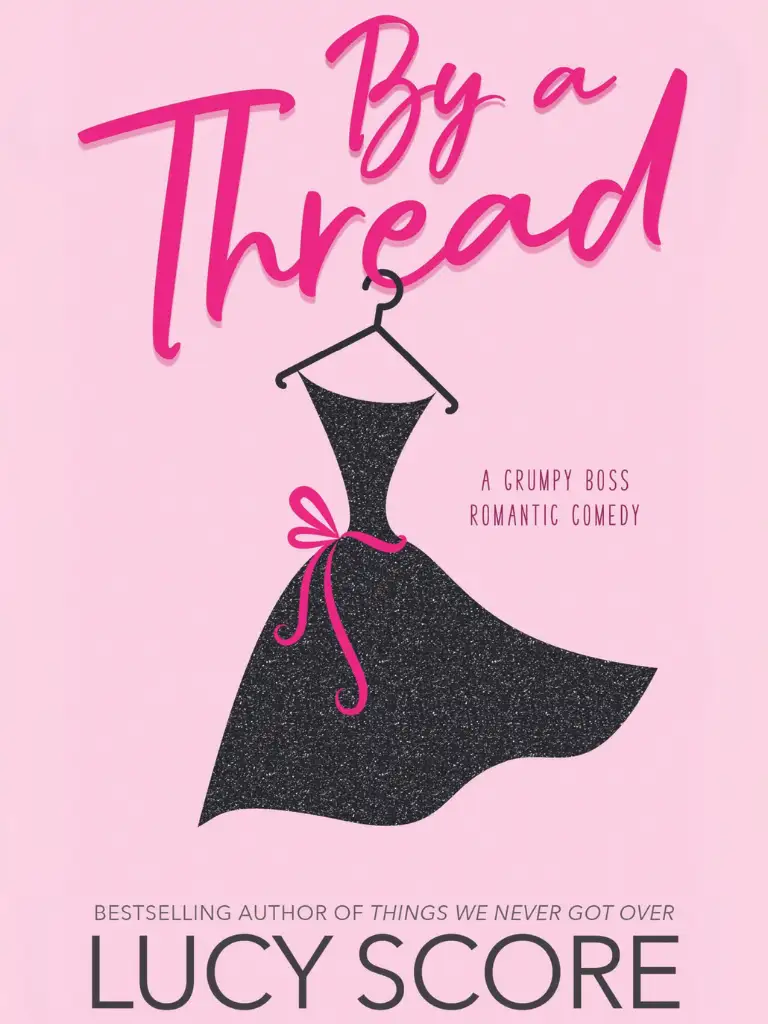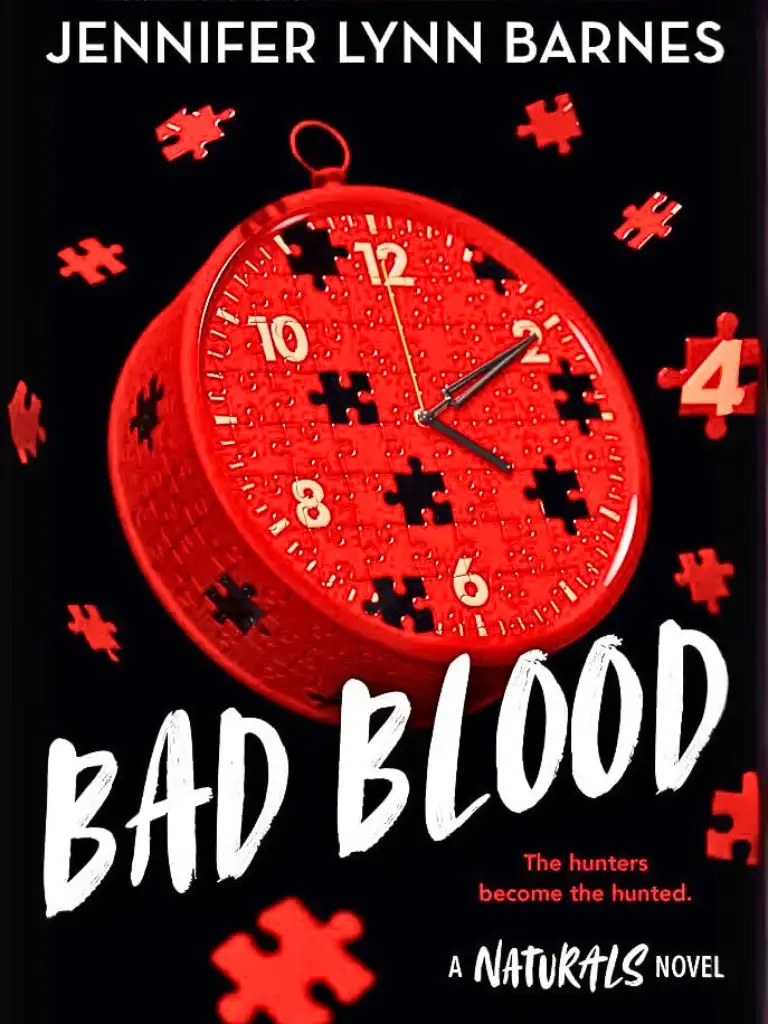EARLY AUTUMN. DRYSTONE WALLS, patchwork fields, sheep snacking on grassy slopes. Dramatic limestone cliffs and crags and scree. In every direction, another beautiful purple moor. The landscape wasn’t quite so famous as the Lake District, just over to the west, but it was still breathtaking, and still inspired some of the great artists in British history. Wordsworth, for one. I’d managed to avoid reading that old gent’s stuff in school, but now I thought he must be pretty damn good if he spent time
around these parts.
It felt like sacrilege to be standing on a cliff above this place and trying to obliterate it.
Of course it was pretend obliteration. I didn’t actually blow up one single dale. Still, at the end of each day I felt I had. I was studying the Art of Destruction, and the first thing I learned was that destruction is partially creative. It begins with imagination. Before destroying something you have to imagine it destroyed, and I was getting very good at imagining the dales as a smoking hellscape.
The drill each day was the same. Rise at dawn. Glass of orange juice, bowl of porridge, then a full English, then head into the fields. As first daylight poured over the horizon I’d begin speaking to an aircraft, usually a
Hawk. The aircraft would reach its IP, initial point, five to eight nautical miles away, and then I’d give the target, signal the run. The aircraft would turn and commence. I’d talk it through the sky, over the countryside, using different landmarks. L-shaped wood. T-shaped dike. Silver barn. In selecting landmarks I’d been instructed to start big, move on to something medium, then pick something small. Picture the world, I was told, as a hierarchy.
Hierarchy, you say? Think I can handle that.
Each time I called out a landmark, the pilot would say back: Affirm. Or else: I am visual. I liked that.
I enjoyed the rhythms, the poetry, the meditative chant of it all. And I found deeper meanings in the exercise. I’d often think: It’s the whole game, isn’t it? Getting people to see the world as you see it? And say it all back to you?
Typically the pilot would be flying low, five hundred feet off the deck, level with the rising sun, but sometimes I’d send him lower and put him into a pop-up. As he streaked towards me at the speed of sound, he’d pull back, shoot upwards at a forty-five-degree angle. Then I’d begin a new series of descriptions, new details. As he reached the top of his climb and rolled his wings, as he leveled and started to feel negative g-force, he’d see the world just as I’d painted it, then swoop down.
Suddenly he’d cry out: Tally target! Then: In dry!
Then I’d say: Clear dry.
Meaning, his bombs were but spirits melting into air. Then I’d wait, listening keenly for the pretend explosions. The weeks just flew by.








